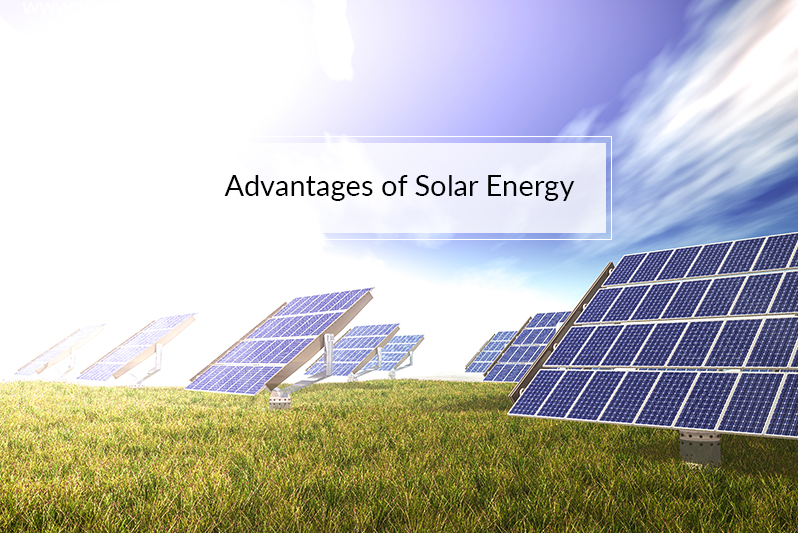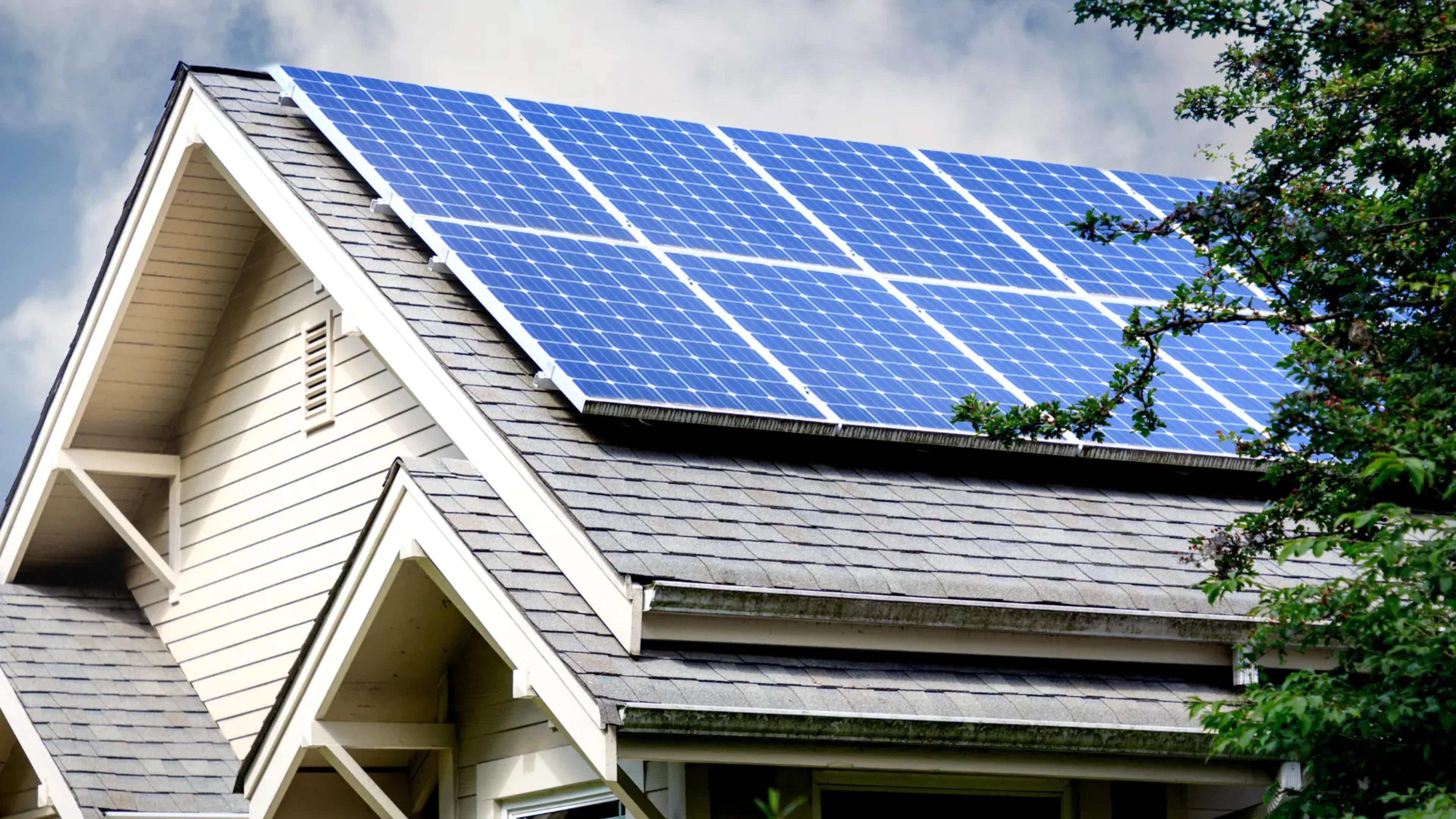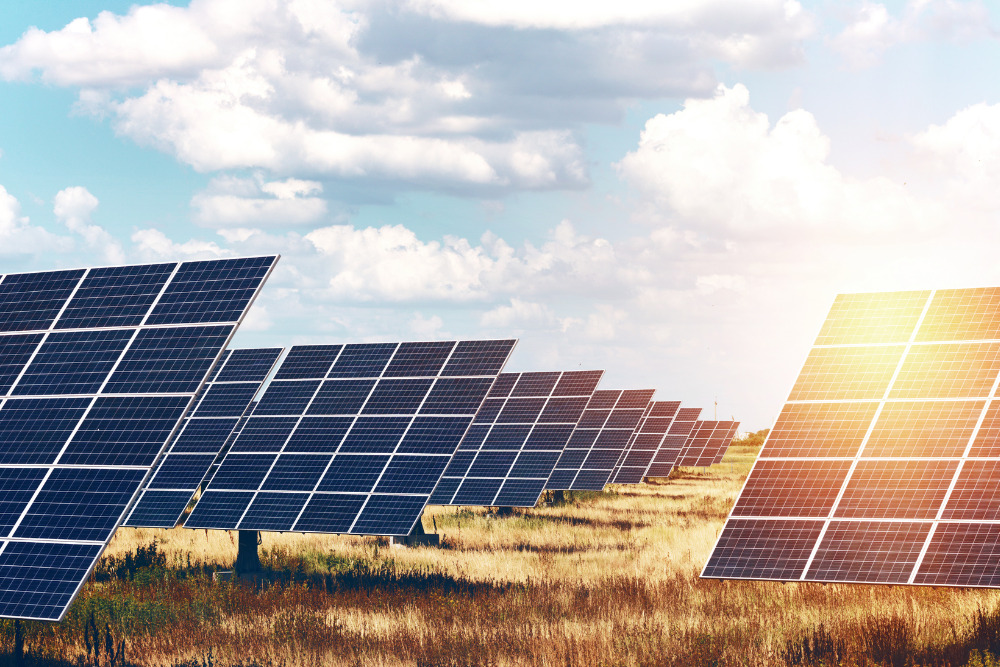Solar Power 101: A Newbie's Guide to Sustainable Energy Solutions
As the world increasingly shifts in the direction of lasting power solutions, understanding the basics of solar power becomes crucial for both people and services. This guide provides a comprehensive overview of solar power, outlining the different systems available and the systems behind their operation. By checking out the advantages of solar modern technology, along with the monetary rewards and setup procedures, one can obtain a clearer viewpoint on exactly how to efficiently incorporate this renewable energy into their power technique. However, the trip toward taking on solar power welcomes further assessment of the challenges and factors to consider that come with it.
Comprehending Solar Power
At its core, comprehending solar energy involves comprehending the fundamental principles of how sunshine can be converted right into useful electricity. Solar energy is acquired from the sun's radiation, which can be utilized with various technologies.

Understanding solar power also involves recognizing its environmental benefits. By utilizing sunlight, we can mitigate greenhouse gas emissions and decrease air pollution, adding to a much more sustainable future. The developments in technology and efficiency of solar systems remain to boost their viability, making solar energy a progressively appealing option for international energy requirements.
Kinds of Solar Energy Equipments
Various kinds of solar energy systems are typically used to harness solar power for electrical power generation. The primary classifications include photovoltaic (PV) systems, concentrating solar power (CSP) systems, and solar thermal systems.
Photovoltaic systems utilize photovoltaic panels made up of silicon cells that transform sunlight directly right into power. These systems are functional and can be mounted on rooftops, ground places, or integrated into building products.
Concentrating Solar energy systems, on the other hand, use mirrors or lenses to focus sunshine onto a little area, creating heat that drives a steam generator to generate electrical energy - Simply Solar Illinois. CSP systems are usually released in massive power plants and call for straight sunlight, making them much less appropriate for gloomy areas

Each kind of solar energy system has its special characteristics, applications, and viability depending upon geographical area, power requirements, and spending plan, making it vital to assess alternatives based upon details situations. - Simply Solar Illinois

Advantages of Solar Power
Taking advantage of solar power with different systems not just gives a sustainable way to create electrical energy however additionally offers a plethora of advantages. One of the most significant benefits is the decrease in greenhouse gas exhausts, adding to a cleaner environment and combating climate change. Solar power is eco-friendly, implying it is inexhaustible and offered as long as the sun radiates, unlike fossil gas, which are finite and diminishing.
Additionally, solar power can result in significant cost financial savings gradually. Home owners and businesses can decrease their electrical power expenses considerably, and in a lot of cases, they may make credit scores for excess power created through web metering. Additionally, the solar sector develops jobs, from making to straight from the source setup, promoting local economies.
An additional engaging benefit is power self-reliance. By creating their own electrical power, individuals and areas can reduce reliance on exterior energy resources, improving resilience versus fluctuating energy rates and supply interruptions. Solar power systems need minimal maintenance, making them a hassle-free option for sustainable energy generation.
Setup Process Overview
The setup procedure for solar power systems usually involves numerous key steps that ensure efficient assimilation right into a building. An extensive site analysis is carried out to examine the roofing system's positioning, shading, and architectural stability, which are essential to enhancing solar panel performance. Following this analysis, the design phase begins, where a customized solar energy system is configured based on the home owner's power demands and preferences.
When the design is finalized, the required authorizations and approvals are obtained from regional authorities, making sure compliance with regulations. The actual installation involves placing the photovoltaic panels on the roof covering or ground, attaching them to an inverter, and integrating the system with the property's electric arrangement. This phase may also entail setting up battery storage systems, depending upon the style.
With the setup total, the solar power system can begin creating renewable energy, contributing to sustainability and decreasing energy expenses. This organized method ensures that solar systems are both reliable and trusted, optimizing their long-lasting advantages.
Financial Motivations and Savings
Discovering the monetary rewards and cost savings linked with solar energy systems can dramatically improve the charm of making the button to renewable power. One of the most noteworthy incentives is the federal solar tax obligation credit rating, which permits homeowners to subtract a percentage of their solar system installment costs from their federal taxes.
In enhancement to tax obligation credits, many states supply discounts that can even more reduce in advance costs. Some energy business additionally offer performance-based rewards, fulfilling solar power production with time. Funding options, such as solar finances and leases, permit consumers to mount systems with little to no down settlement, making solar power much more available.

Furthermore, solar systems can increase residential or commercial property worths, offering a strong return on investment. Overall, the mix of incentives and financial savings makes solar energy an economically appealing choice for several homes.
Conclusion
Finally, solar power stands for an important part of sustainable power services, supplying a path towards decreased carbon footprints and enhanced environmental protection. The varied sorts of solar power systems, paired with considerable economic incentives, promote wider fostering among individuals and neighborhoods. Comprehending the setup procedures and advantages connected with solar energy encourages Learn More stakeholders to make enlightened decisions. Ultimately, the change to solar energy not just fosters environmental obligation yet additionally advertises financial savings and energy independence. see this website